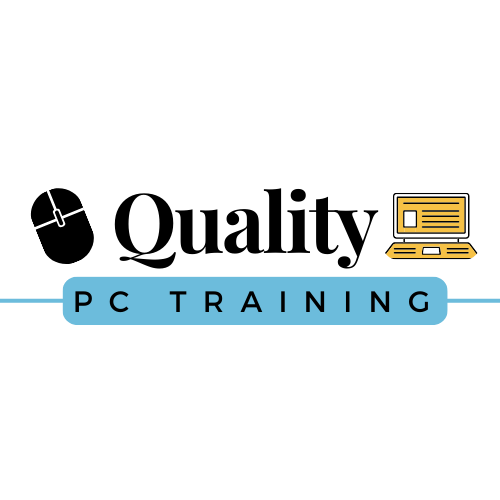Are GenXers the Hardest Working Generation?
They grew up as latchkey keys in an era of change. They are independent and adaptable, much like the generations that have preceded them. Adopting technology feels natural to them. However, there are unique challenges they face.
According to a study by Stanford University, Gen X prefers to work from home 50% of the time, compared to Boomers at 35% and Gen Z at 45%. This statistic may be influenced, in part, to Gen Xers being the “Sandwich Generation” - caring for aging parents and children still at home. They also may be overlooked or “forgotten” in the workplace, perhaps being overshadowed by both older and younger workers. Perhaps even, in part, to their easygoing approach.
Make no mistake - their contributions need to be appreciated. They are independent, extremely capable and entrepreneurial, forging their own career paths and do not expect anything handed to them.
As leaders, they make fantastic supervisors, preferring to mentor and develop talent rather than micromanage. Gen Xers believe the best way to achieve success is by empowering their team.
If you are part of this generation, it may feel a bit depressing right now. Certainly, ageism is real and many people in their 50s and 60s feel they are not being valued by their employer. Many people in my social circle are finding themselves at a crossroads, some who have been loyal to the same company for decades are now finding themselves looking in from the outside, wondering what the next step will look like. Creating a sense of inclusion and belonging is crucial to tap into this valuable and unique resource - a generation of great leaders, who lead by example, have much to bring to the table.
While many companies are developing their younger workforce to take over for the Baby Boomers who will begin retiring in 2030, it is worthwhile to consider providing training and mentoring to GenXers. Reverse-mentoring programs have become popular, by engaging both older workers and their younger cohorts for leadership development, while younger workers can provide digital skills support for their older colleagues. It is a winning proposition that can ensure that knowledge transfer occurs well before an organization finds themselves with a draught of knowledge and skillsets.
Embracing the aging workforce could prove to be a lifeline for organizations that are planning for a future labor shortage.

